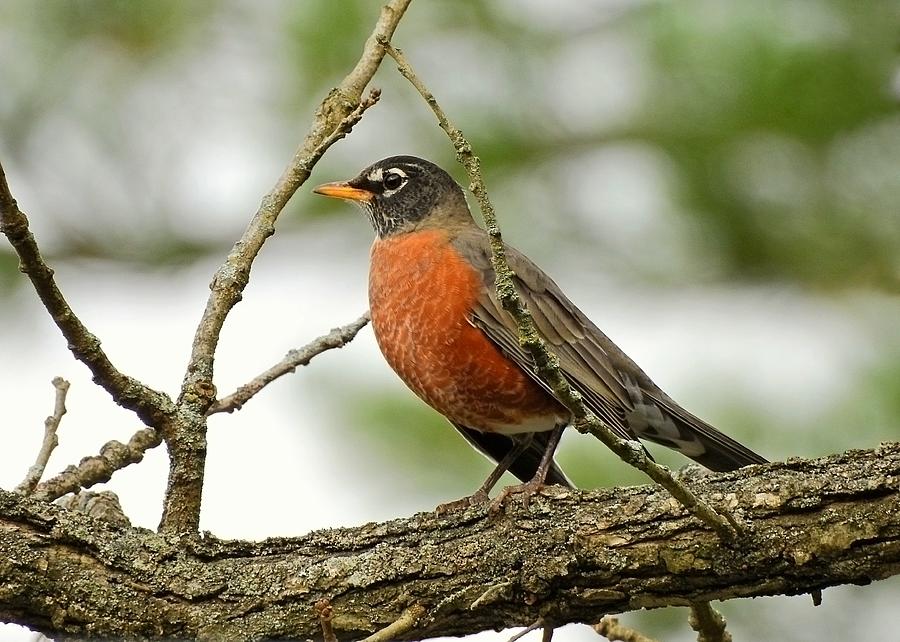
Robin Redbreast Photograph by Carmen Macuga Fine Art America
The Legend Of Robin Redbreast is from A Christmas Stocking by Louise Betts Egan. It tells the story of how the robin got his red breast after burning himself on a fire he fanned to keep the baby Jesus warm. Another legend says that the robin's breast is red because of his association with Christ's death and crucifixion.
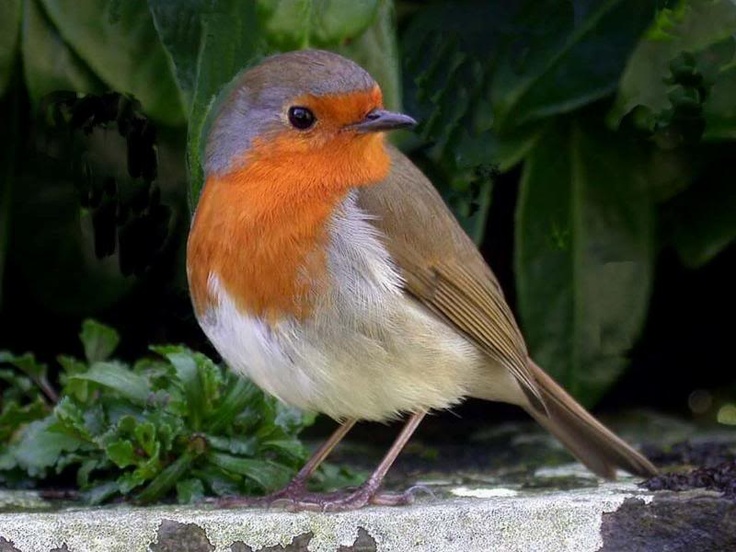
33 best Robin red breast images on Pinterest European robin, Beautiful birds and Little birds
The breeding season usually begins in March, although if the winter has been mild it can begin as early as January. The female robin builds a cup-shaped nest using moss, hair, grass and dead leaves, somewhere on or close to the ground. Robins begin laying their eggs between mid-April and mid-August, and a clutch is made up of around 4-6 eggs.

robin red breast sure sign of spring Everything Green and Wings Pinterest Robins
By Hannah Jones 53 The robin might seem cute, but it is actually a highly territorial bird and will aggressively defend its domain against others. These much-loved birds are on the rise as the UK robin population continues to increase. Explore facts about this red-breasted festive icon. An adult robin. Males and females have the same colouring.
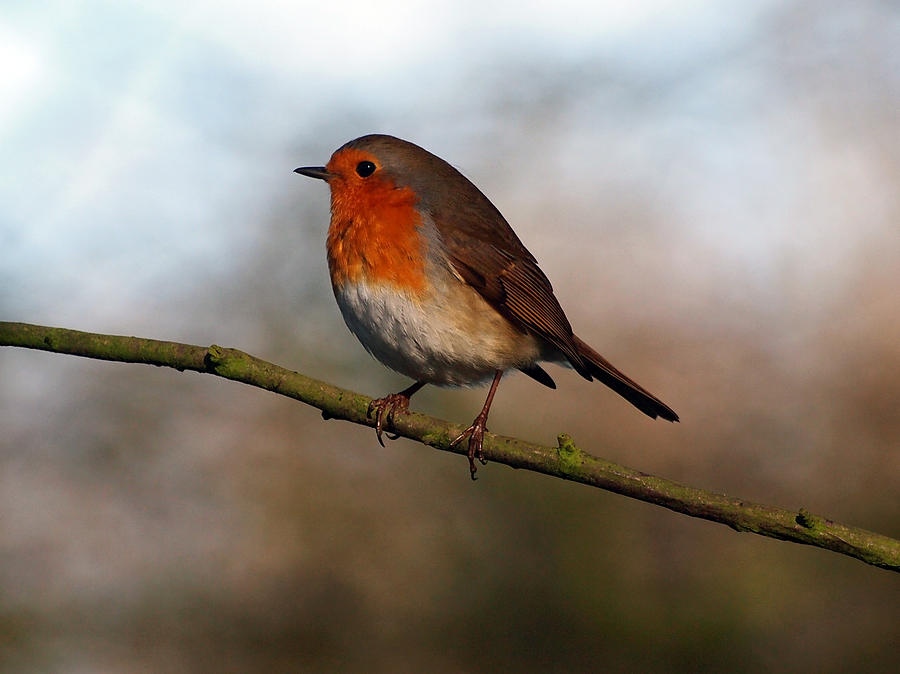
Robin redbreast Photograph by Susan Tinsley Fine Art America
The quintessential early bird, American Robins are common sights on lawns across North America, where you often see them tugging earthworms out of the ground. Robins are popular birds for their warm orange breast, cheery song, and early appearance at the end of winter. Though they're familiar town and city birds, American Robins are at home in wilder areas, too, including mountain forests.

Pin on Robins
Originally, robin redbreast was simply known as redbreast, but acquired Robin as Victorians liked to give names to birds, which is also where the colloquial Jenny wren came from, indeed, his relationship with Jenny Wren was immortalised in several versions of the tragic poem 'The wedding of Robin Redbreast and Jenny Wren' and is part of the.

My Favourite Robin Red Breast Bird Great Britain's National Bird YouTube
Overview ID info Life History Maps Sounds Identification Photo Gallery Similar Species Adult male Large round-bellied thrush. Males have a dark head, yellow bill, black streaks on the throat, and a rusty belly. © Alex Eberts | Macaulay Library Ohio, April 11, 2020 Adult Eats berries in the winter. Some individuals not easily separated by sex.

The UK's favourite bird with its bright red breast it is familar throughout the year and
The European robin ( Erithacus rubecula ), known simply as the robin or robin redbreast in Great Britain and Ireland, is a small insectivorous passerine bird that belongs to the chat subfamily of the Old World flycatcher family. [3]

British Robin Red Breast UK Bird The National Bird of Great Britain YouTube
Robin Red Breast Bird Facts | Erithacus Rubecula Home Birds and wildlife Robin Birds and wildlife Robin Erithacus rubecula Group: Old World flycatchers and chats UK Conservation status: Green Robin Robin 1 / 4 How to identify The UK's favourite bird. Thanks to its bright red breast, it's familiar throughout the year and especially at Christmas!

birdrobinredbreast AntonyZ Photography
A very familiar bird over most of North America, running and hopping on lawns with upright stance, often nesting on porches and windowsills. The Robin's rich caroling is among the earliest bird songs heard at dawn in spring and summer, often beginning just before first light.
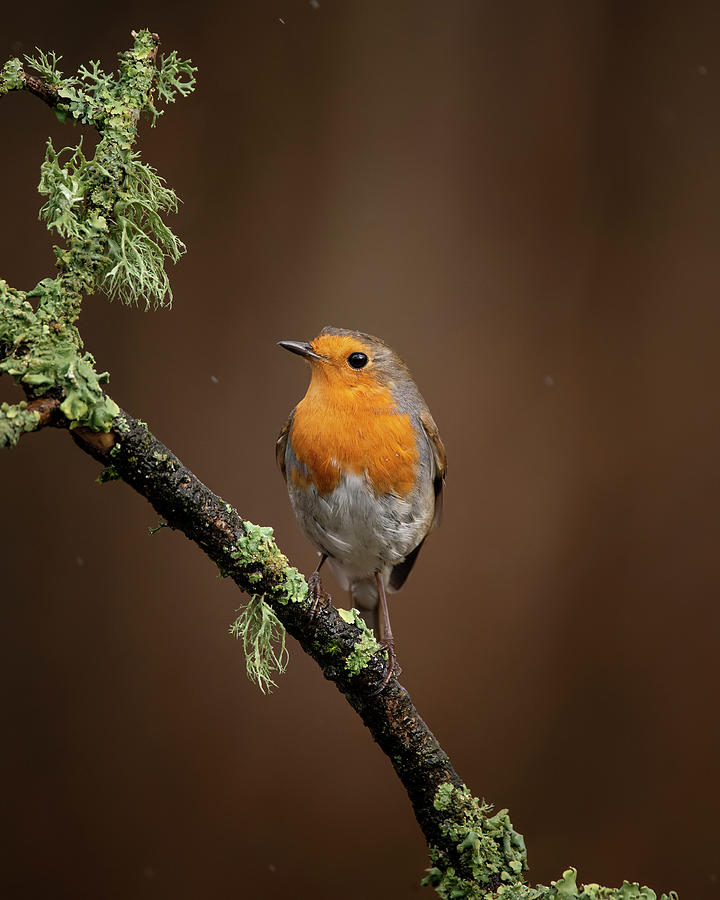
Stunning image of Robin Red Breast bird Erithacus Rubecula on br Photograph by Matthew Gibson
Length: 10 inches Wingspan: 17 inches Distinctive Markings: Male has orange breast, black head and tail, yellow bill, white around eyes and on throat. Female is duller. Scientific Name: Turdus migratorius Family: Thrush Enjoy 15 cheerful robin bird pictures to welcome spring. Nest and Eggs Courtesy Carole Keskitalo Blue robin egg in a nest
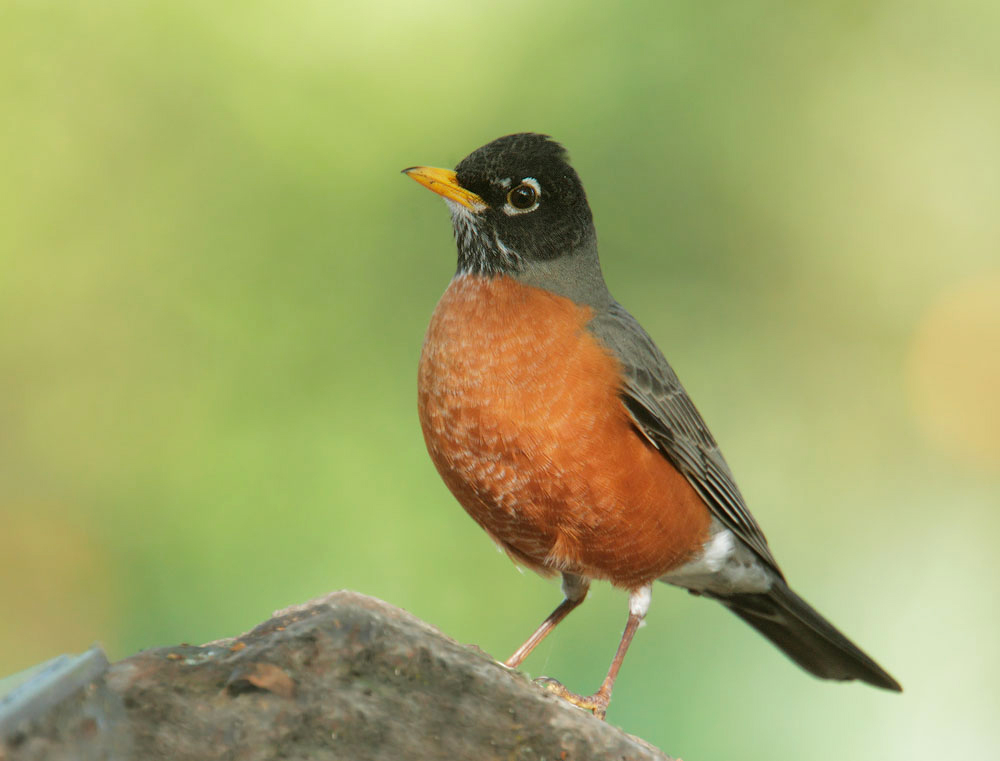
Why Robin Has a Red Breast BirdNote
Robin Erithacus rubecula (Linnaeus, 1758) R. ROBIN 10990 Family: Passeriformes > Muscicapidae The Robin's red breast and habit of living close to humankind makes it one of our most familiar birds. Robins are widely distributed in Britain & Ireland throughout the year, from Shetland to the Channel Islands, apart from on the highest mountain tops.

Robin The Life of Animals
Robins are popular birds for their warm orange breast, cheery song, and early appearance at the end of winter. Though they're familiar town and city birds, American Robins are at home in wilder areas, too, including mountain forests and Alaskan wilderness.
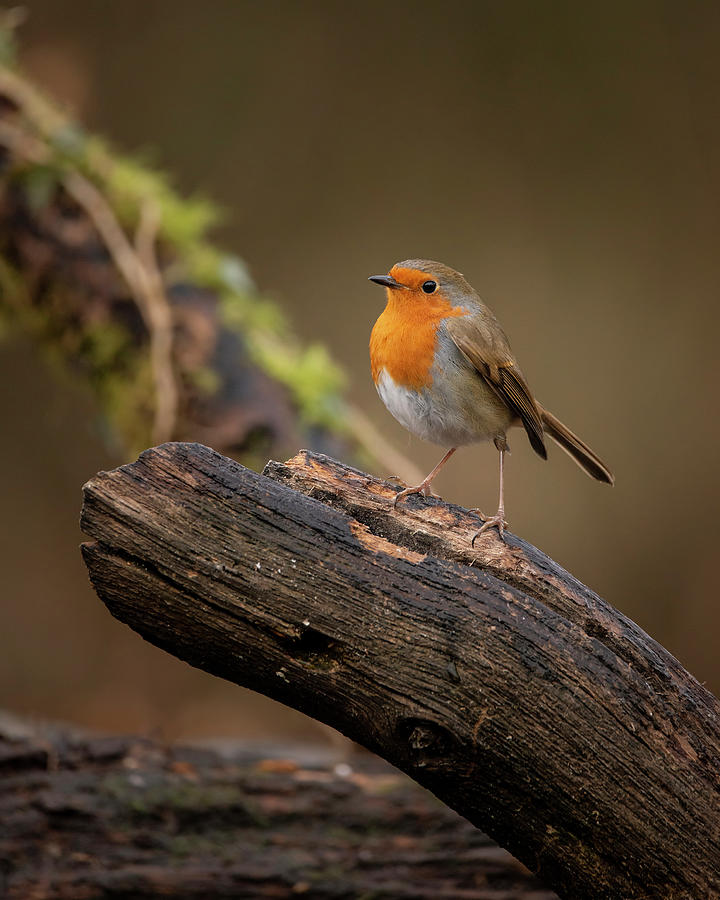
Stunning image of Robin Red Breast bird Erithacus Rubecula on br Photograph by Matthew Gibson
The quintessential early bird, American Robins are common sights on lawns across North America, where you often see them tugging earthworms out of the ground. Robins are popular birds for their warm orange breast, cheery song, and early appearance at the end of winter.

Robin Bird Chirping and Singing Song of Robin Red Breast Birds Robins YouTube
Birds Robin Erithacus rubecula A beloved garden companion, the Robin redbreast is the UK's unofficial national bird. These cheerful birds can be seen and heard throughout the year as they forage and nest alongside us. A pair of Robins in the winter snow European Robin Robin in flight, coming in to land Robin perched on a branch, singing
Free photo British Bird Bird Robin Wildlife Robin Red Breast Max Pixel
The American robin ( Turdus migratorius) is a migratory bird of the true thrush genus and Turdidae, the wider thrush family. It is named after the European robin [2] because of its reddish-orange breast, though the two species are not closely related, with the European robin belonging to the Old World flycatcher family.

Robin The Life of Animals
Identification. Probably the most familiar garden bird - the bright orange-red breast and facial area make it unmistakable. Upperparts a uniform greyish brown, belly and lower breast greyish white. The bill is dark and pointed and the legs black. Can appear very plump and rounded, especially in cold weather when the bird fluffs out its feathers.